Health Promotion and Nursing: Collaboration, Challenges, and Solutions
VerifiedAdded on 2022/10/11
|5
|890
|23
Report
AI Summary
This report delves into the critical role of nurses in health promotion, highlighting their expertise in areas such as healthy habits, stress management, and self-care. The report emphasizes the significance of collaboration within the health promotion family to ensure effective health promotion. It explores the importance of teamwork and partnerships in improving the quality of healthcare provided to patients, including the role of communication in avoiding medical errors. Furthermore, the report identifies various challenges nurses encounter, such as communication barriers, patient trust issues, cultural differences, and financial constraints, and proposes potential solutions like using interpreters, building patient trust, and adapting health promotion approaches. The report also examines different health promotion approaches based on patient needs and lifestyles, advocating for strong support for health promotion officers to ensure a healthier society.
1 out of 5
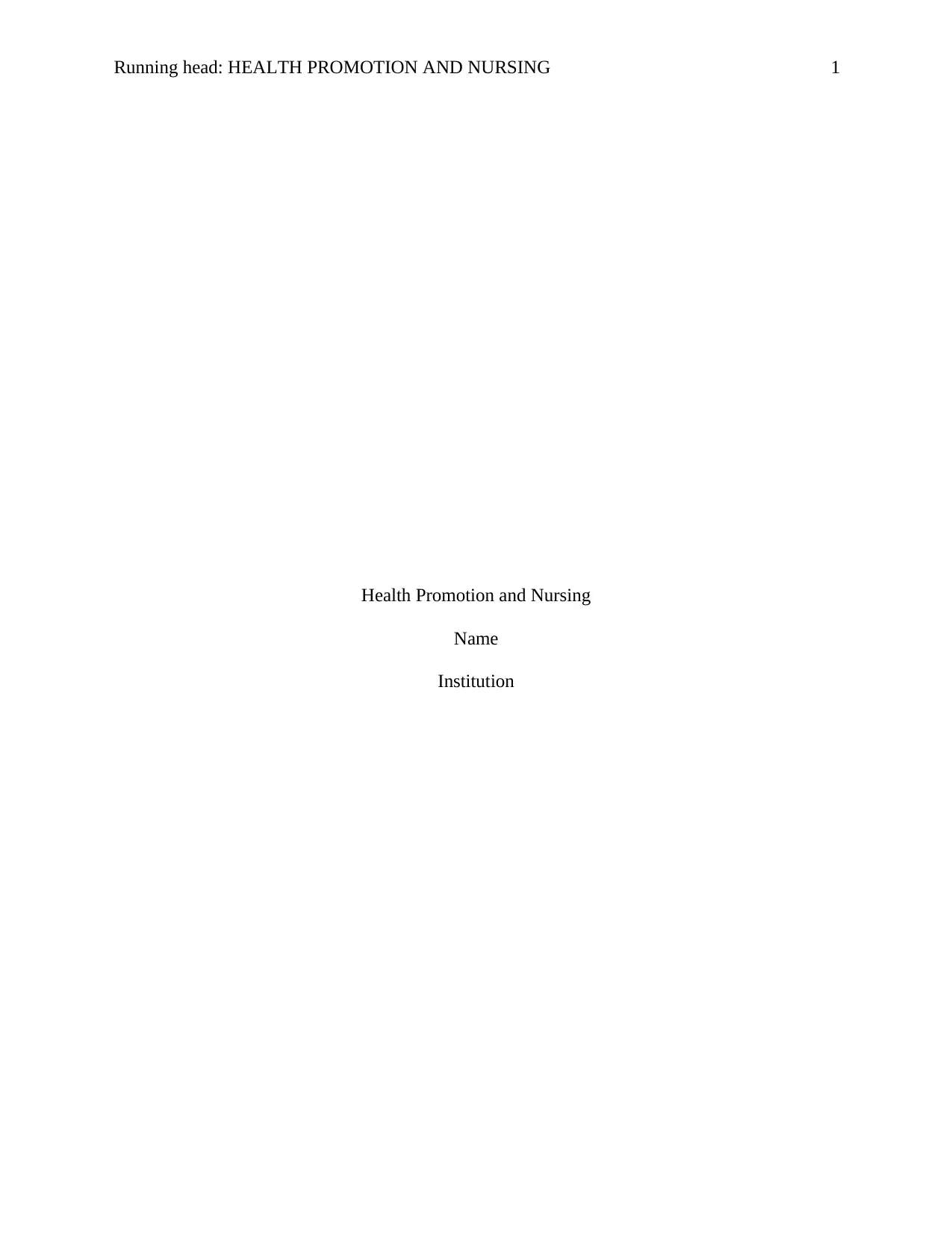
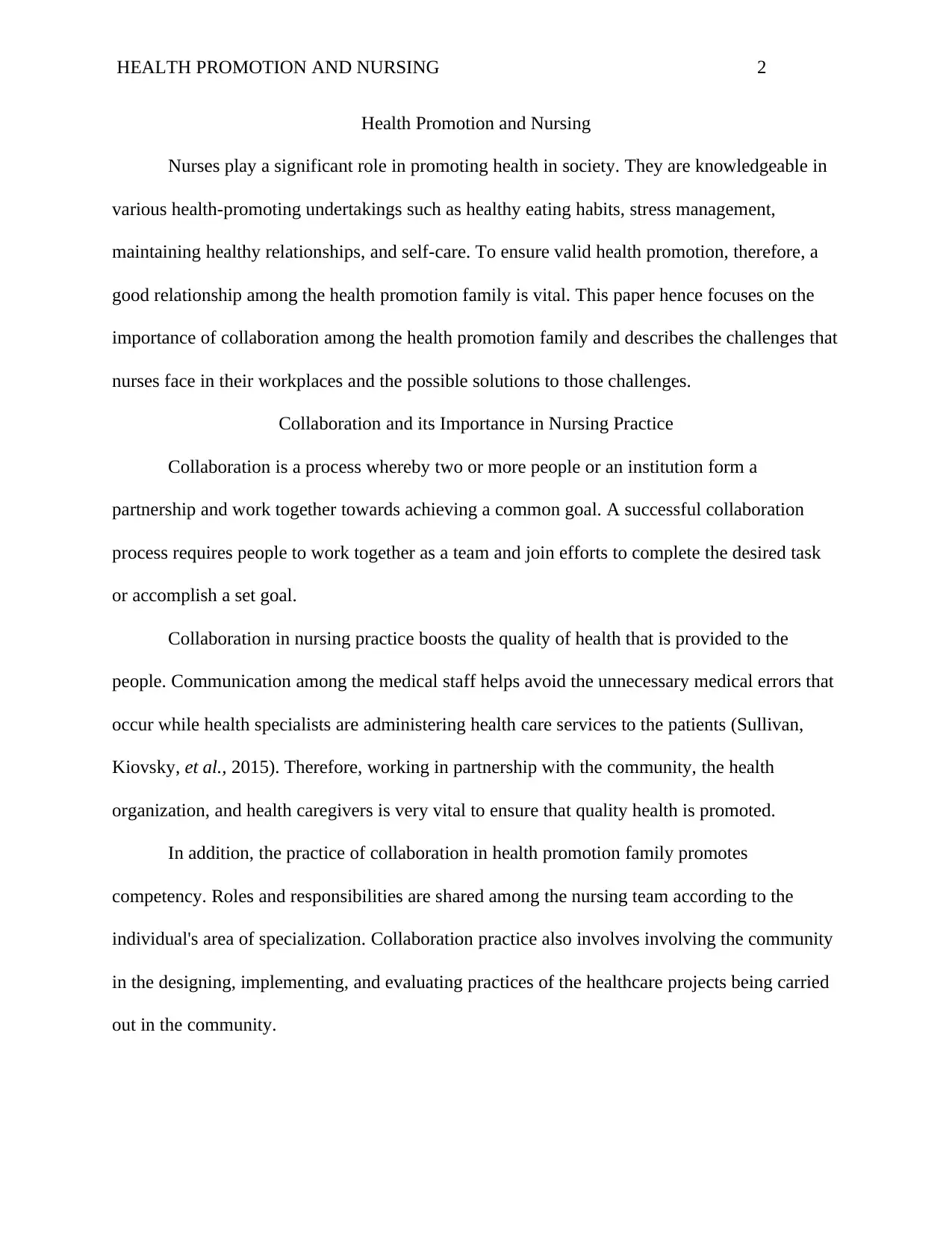
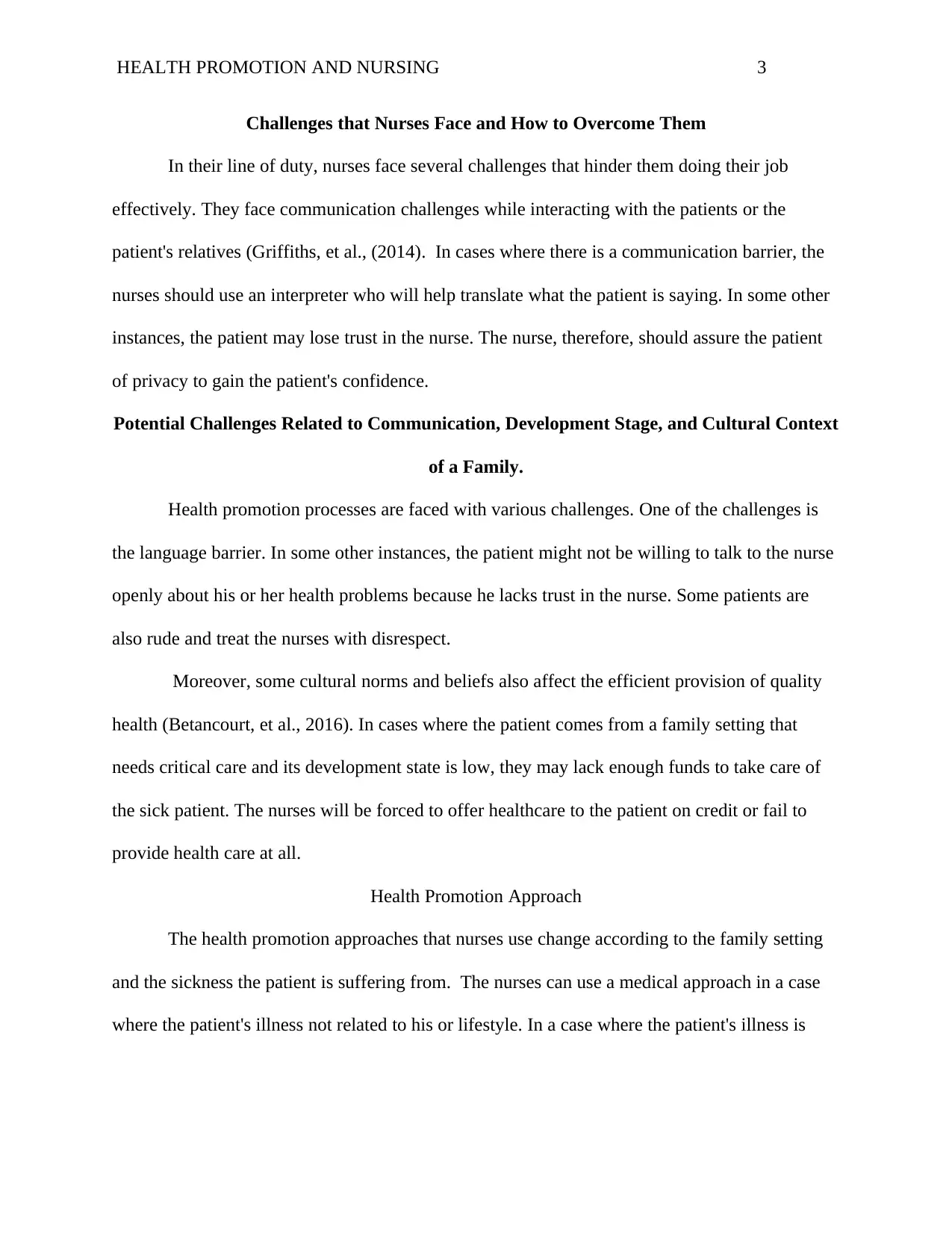

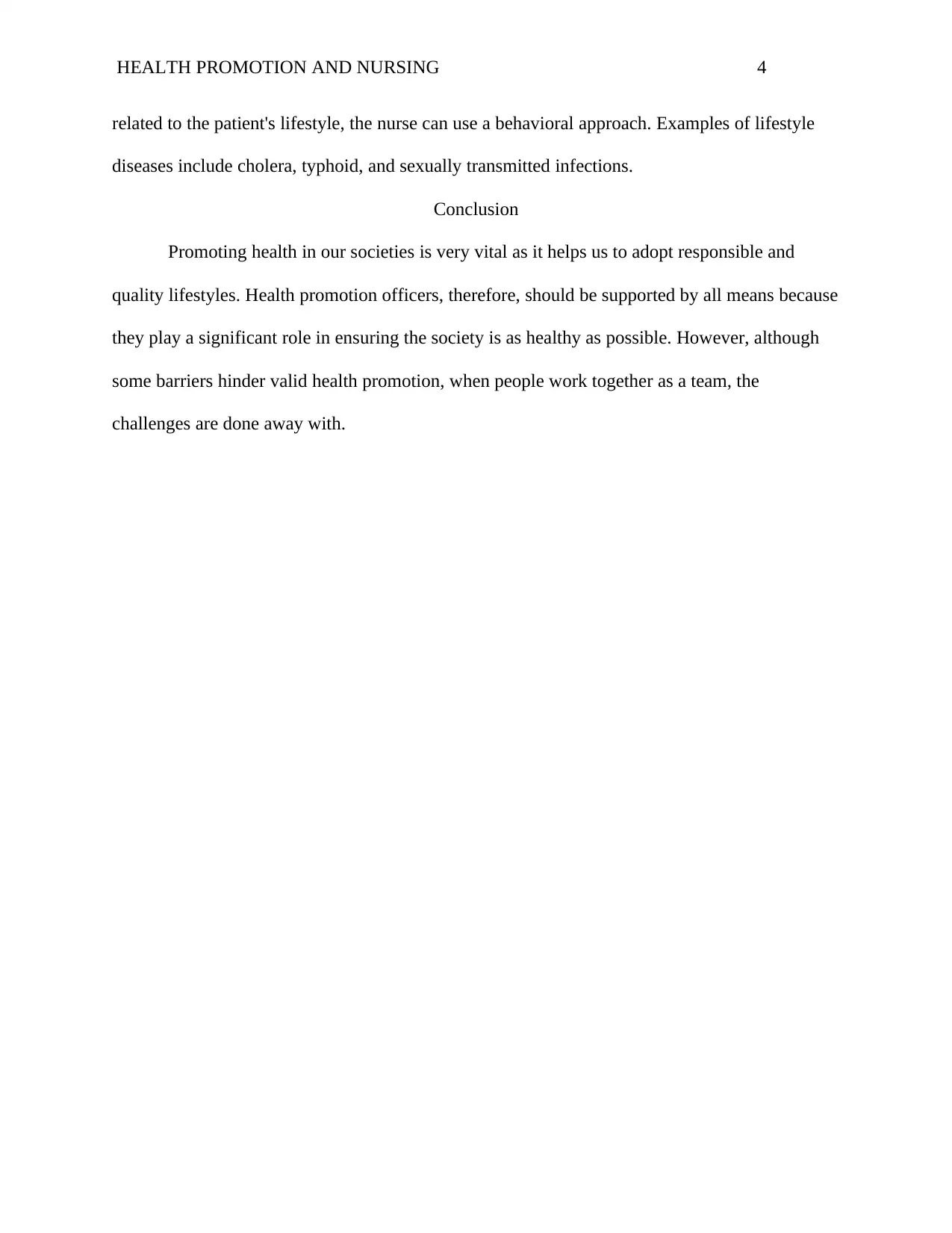
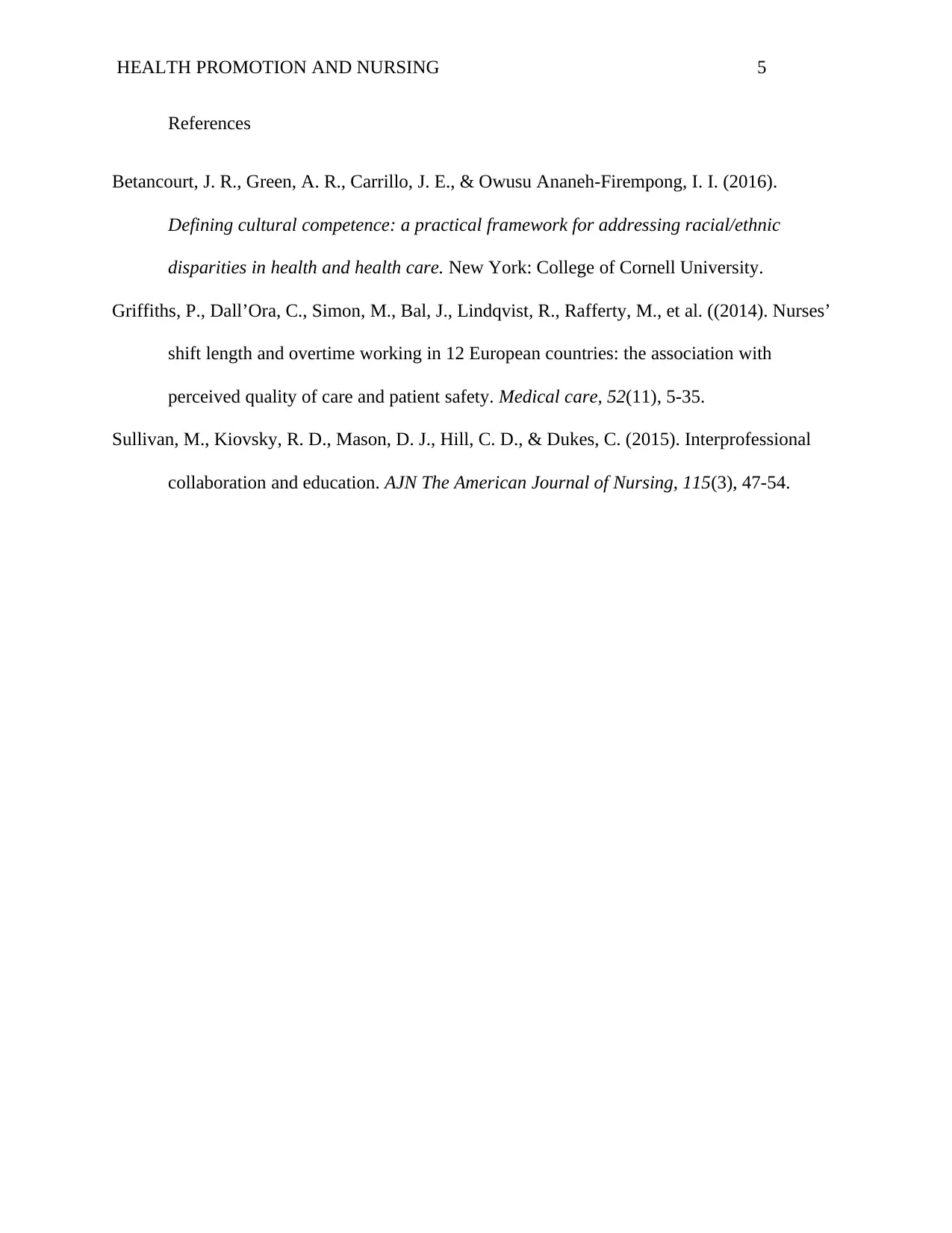






![[object Object]](/_next/static/media/star-bottom.7253800d.svg)